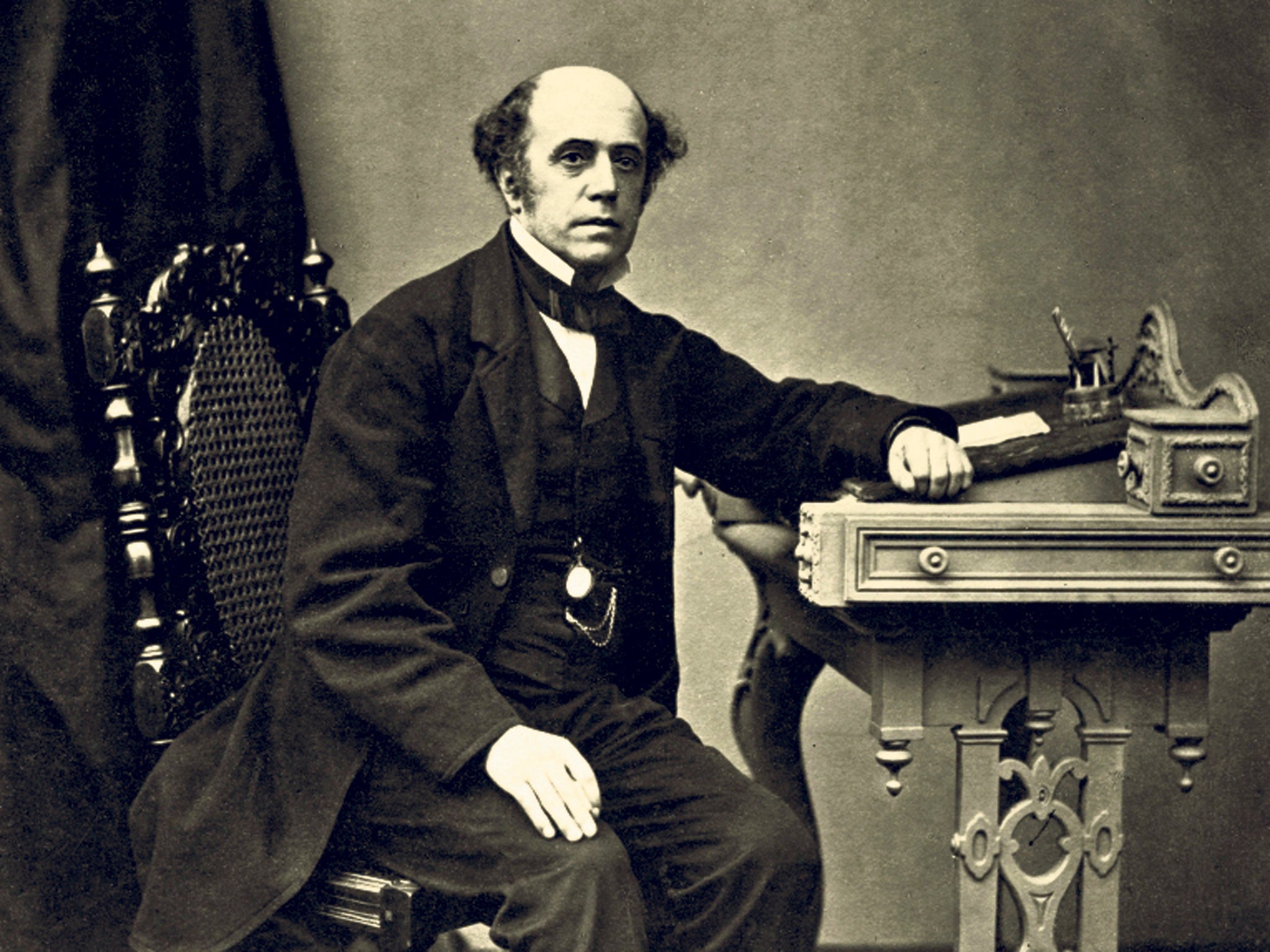Hidden Europe: Don't just book it...
Thomas Cook, March 1873

Your support helps us to tell the story
From reproductive rights to climate change to Big Tech, The Independent is on the ground when the story is developing. Whether it's investigating the financials of Elon Musk's pro-Trump PAC or producing our latest documentary, 'The A Word', which shines a light on the American women fighting for reproductive rights, we know how important it is to parse out the facts from the messaging.
At such a critical moment in US history, we need reporters on the ground. Your donation allows us to keep sending journalists to speak to both sides of the story.
The Independent is trusted by Americans across the entire political spectrum. And unlike many other quality news outlets, we choose not to lock Americans out of our reporting and analysis with paywalls. We believe quality journalism should be available to everyone, paid for by those who can afford it.
Your support makes all the difference.By the end of February 1873, Thomas Cook had encircled most of the northern hemisphere. Cook and his party of circumnavigators had sailed from Liverpool in September 1872. The travellers discovered iced water, Pullman cars and Sioux warriors in the United States. They found the crossing of the Pacific, happily, pacific, and enjoyed "a perfect bewilderment" of landscape in Japan. China was less engaging and the visitors were disquieted by the sight of so many "festering beggars in every shape of hideous deformity".
Christmas was celebrated on a steamer in the Bay of Bengal. After a brief stop in Ceylon, Cook's party arrived in Madras on New Year's Day 1873. After touring India, they boarded a P&O liner for the journey to the Red Sea. The Dumbarton-built SS Hydaspes was a magnificent vessel. She had left Southampton for India on her maiden sailing in the same week that Cook's party departed from England in September 1872. So the spell on the SS Hydaspes was a chance to reflect and write. Cook filed one of his regular reports for The Times on this first circumnavigation of the world by tourists from Suez in the first few days of March.
Jules Verne's book Around the World in Eighty Days had been serialised in the Paris newspaper Le Temps in the run-up to Christmas 1872 and the entire text was published in English in January 1873. Verne's book was almost certainly inspired by media advertisements promoting Thomas Cook's forthcoming tour and it was an instant success (in France, Britain and more widely).
Cook could not totally relax during the SS Hydaspes voyage. He had to catch up with correspondence with his London office, the centre of his rapidly expanding empire. Thomas's son, John Mason Cook, had a firm hold on affairs there, and was, in truth, probably grateful that his father was well out of the way. Relations between the two men were often strained.
But both Thomas and John saw eye to eye on one key project that came to fruition in early March 1873. One of the company's employees, John Bredall (who later became company secretary), had suggested producing a compact timetable of the principal public transport services across Europe. The first edition of Cook's Continental Timetable appeared in March 1873.
The timing was perfect. Vienna was about to host a World Fair, giving Cook's company the chance to replicate the successes it enjoyed in Britain during the Great Exhibition of 1851. It gave British travellers a choice of more than 70 itineraries for journeys to Vienna, each backed by Cook's ingenious system of railway tickets and hotel coupons. But without a pocket timetable, the wonderful flexibility in Cook's system could not be exploited. The Continental Timetable is still going strong. For travellers across Europe, it remains the defining product of a company that played a key role in shaping rail travel in Europe. Nowadays, the monthly volume is called the European Rail Timetable and it remains a mainstay of the traveller's armamentarium.
Hidden Europe is a print and online collection of writing that reflects the Continent's diverse cultures and landscapes. You can subscribe through hiddeneurope.co.uk
Join our commenting forum
Join thought-provoking conversations, follow other Independent readers and see their replies
Comments